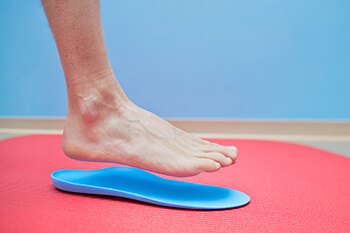
When babies are born, their foot bones are not fully developed and act more like cartilage. The significant milestone of standing occurs when their feet, legs, hips, and core can support their weight, typically between nine to 18 months of age. Once they start walking, running and jumping will quickly follow. Although foot structure is usually developed by age two, complete development continues until the teen years. Given the crucial role of feet in standing and movement, parents need to care for their children's feet from an early age to avoid potential motor skill and ability issues in the future. Parents often wonder when it is appropriate to introduce shoes to their babies. Initially, shoes are unnecessary as they can hinder foot growth and movement. However, once walking is mastered, shoes become relevant. Keep in mind that rapid growth necessitates frequent changes in shoe size. As children get older, the speed of foot growth slows down. It is crucial to invest in well-fitting, durable shoes that support movement, balance, and coordination. Regularly checking shoe fit and promptly replacing them when outgrown is recommended by experts. On average, a child's shoes need to be changed every three to four months. If you have additional questions about your toddler’s feet, it is suggested that you consult a podiatrist who can provide valuable information.
Making sure that your children maintain good foot health is very important as they grow. If you have any questions, contact one of our doctors of New England Foot & Ankle . Our doctors can provide the care you need to keep you pain-free and on your feet.
Keeping Children's Feet Healthy
Having healthy feet during childhood can help prevent medical problems later in life, namely in the back and legs. As children grow, their feet require different types of care. Here are some things to consider...
Although babies do not walk yet, it is still very important to take care of their feet.
Avoid putting tight shoes or socks on his or her feet.
Allow the baby to stretch and kick his or her feet to feel comfortable.
As a toddler, kids are now on the move and begin to develop differently. At this age, toddlers are getting a feel for walking, so don’t be alarmed if your toddler is unsteady or ‘walks funny’.
As your child gets older, it is important to teach them how to take care of their feet.
Show them proper hygiene to prevent infections such as fungus.
Be watchful for any pain or injury.
Have all injuries checked by a doctor as soon as possible.
Comfortable, protective shoes should always be worn, especially at play.
If you have any questions please feel free to contact our offices located in Wakefield, MA, Nashua and Derry, NH . We offer the newest diagnostic and treatment technologies for all your foot and ankle needs.




